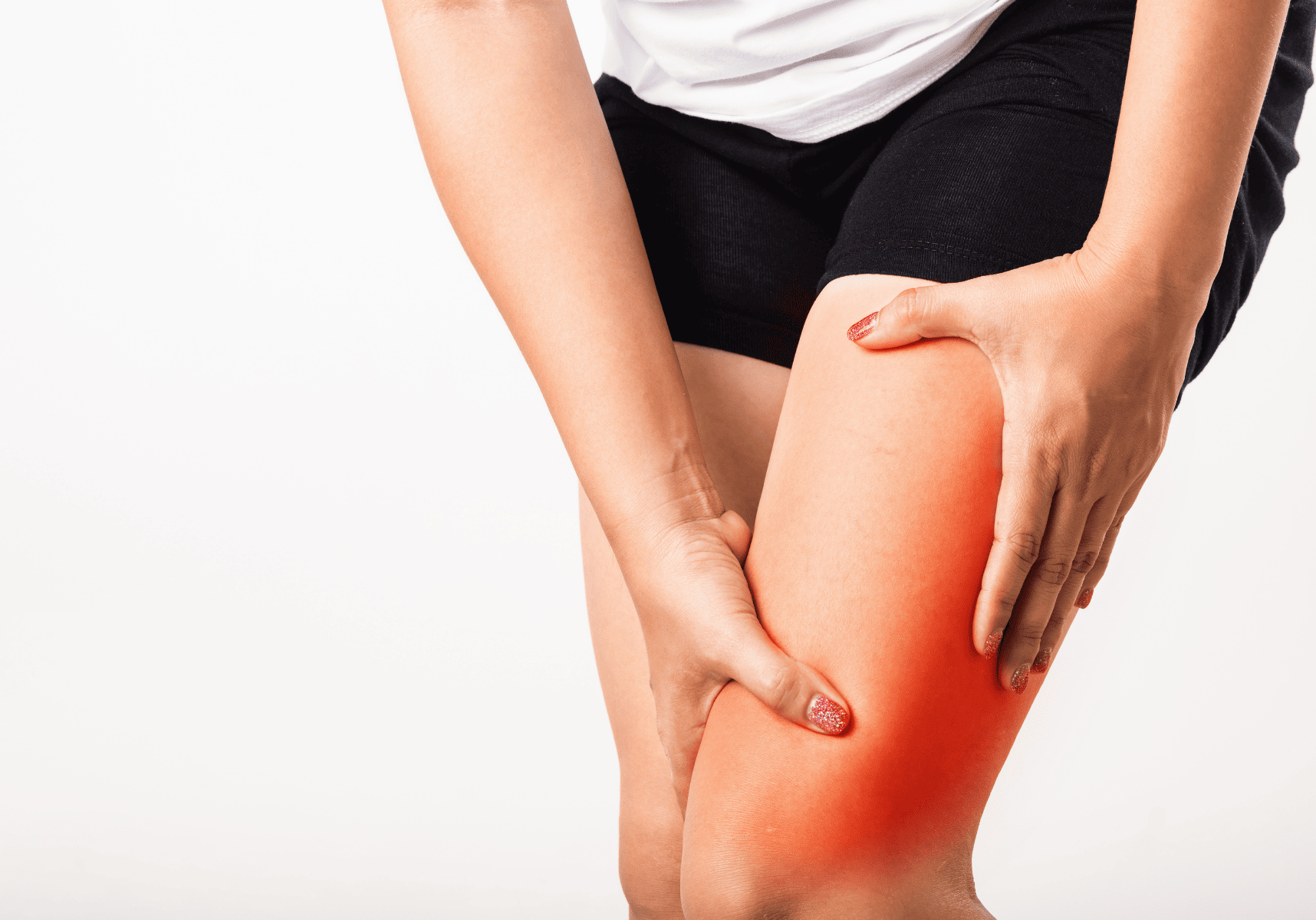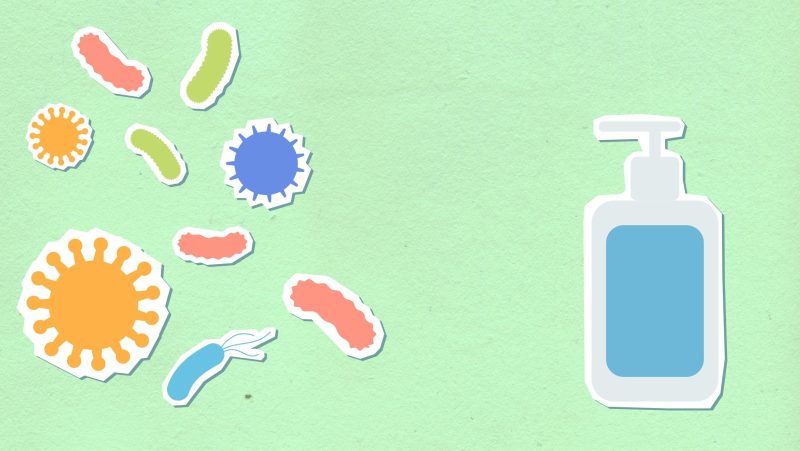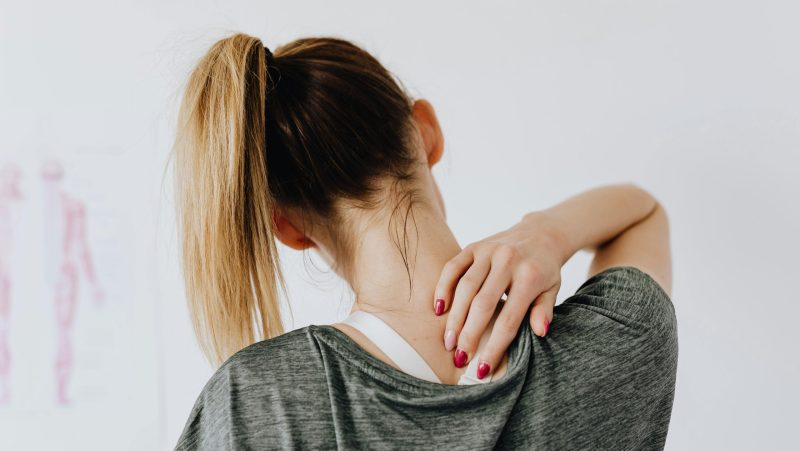
Are you Tired of Leg Cramps?
Understanding and Alleviating Leg Cramps with Practical Tips and Prevention Strategies - By Alison Cullen
Reading time: 4 minutes
Leg cramps are sudden, involuntary muscle contractions, which can cause intense pain and discomfort. They typically occur in the calf muscles but can also affect the thighs or feet. The muscles contract and remain contracted for a few seconds to several minutes, which can be very painful.
Dehydration is one of the most common reasons for muscle cramps and can be easily remedied. A handy trick to make sure you are drinking enough water on a daily basis is to multiply your body weight in kg by 0.033, to give yourself a daily amount to aim for. Be aware that coffee, black tea and alcohol are dehydrating, so if you drink any of these you need to add more water to balance them out.
Muscle fatigue and lack of stretching are also contributing factors, as well as mineral deficiencies, especially magnesium, potassium and calcium.
Many people find they get these leg cramps when they’re in bed, which can disrupt sleep! Here are some ideas for treating leg cramps, especially if they keep you up at night.
- Gentle Massage: Massaging the affected muscle can help relax it. You can try A.Vogel Venagel (avogel.co.uk), a cooling gel made with an extract of horse chestnut, which can be very soothing. Massaging the tight muscles can ease the cramping.
- Heat Therapy: Applying a warm compress or hot water bottle to the cramping area can alleviate discomfort.
- Stretching: Gently stretch and flex your toes upward when a cramp occurs, to ease the muscle contraction.
- Hydration: Cramps can be a sign from your body that you need to drink more water. So, if you are prone to getting cramps at night, hydrate during that day and keep a glass of water by your bedside table to rehydrate whenever you wake up.
Preventing Leg Cramps
- Stay Hydrated: I know I’ve said it twice already, but if you only take one thing away from this article it is, ‘Drink more water!’
- Stretch Regularly: Incorporate gentle stretches into your daily routine to keep your leg muscles flexible.
- Maintain a Balanced Diet: Consume foods rich in potassium, calcium, and magnesium, such as bananas, oranges, and leafy greens.
- Try A.Vogel Balance Mineral Drink (avogel.co.uk) to add extra minerals and electrolytes back into your body. It contains magnesium, potassium, calcium, zinc and vitamin D.
- Avoid Over-exertion: Don't push your muscles too hard during exercise, and be mindful of your physical limits.
Stretching Exercises
Here are some simple stretching exercises that can help prevent and relieve leg cramps:
- Calf Stretch: Stand facing a wall, place your hands on it, and step one foot back. Keep your heel on the ground and lean forward to stretch your calf.
- Toe Touches: Sit on the floor with your legs extended, and reach for your toes to stretch your calf and hamstring muscles.
- Ankle Pumps: Sit with your feet flat on the ground, then gently raise and lower your heels, to promote circulation.
When to Consult a Doctor
Some medications, like diuretics or statins, can increase the risk of leg cramps, so if you are taking these medications, please consult your doctor to assess whether it is a side effect of your medication.
While most leg cramps are harmless, they can sometimes be a sign of an underlying medical condition, such as peripheral artery disease or diabetes. You should consult a doctor if:
- Cramps become chronic or severe.
- They are accompanied by swelling, redness, or skin changes.
- Cramps persist despite lifestyle changes and home remedies.







